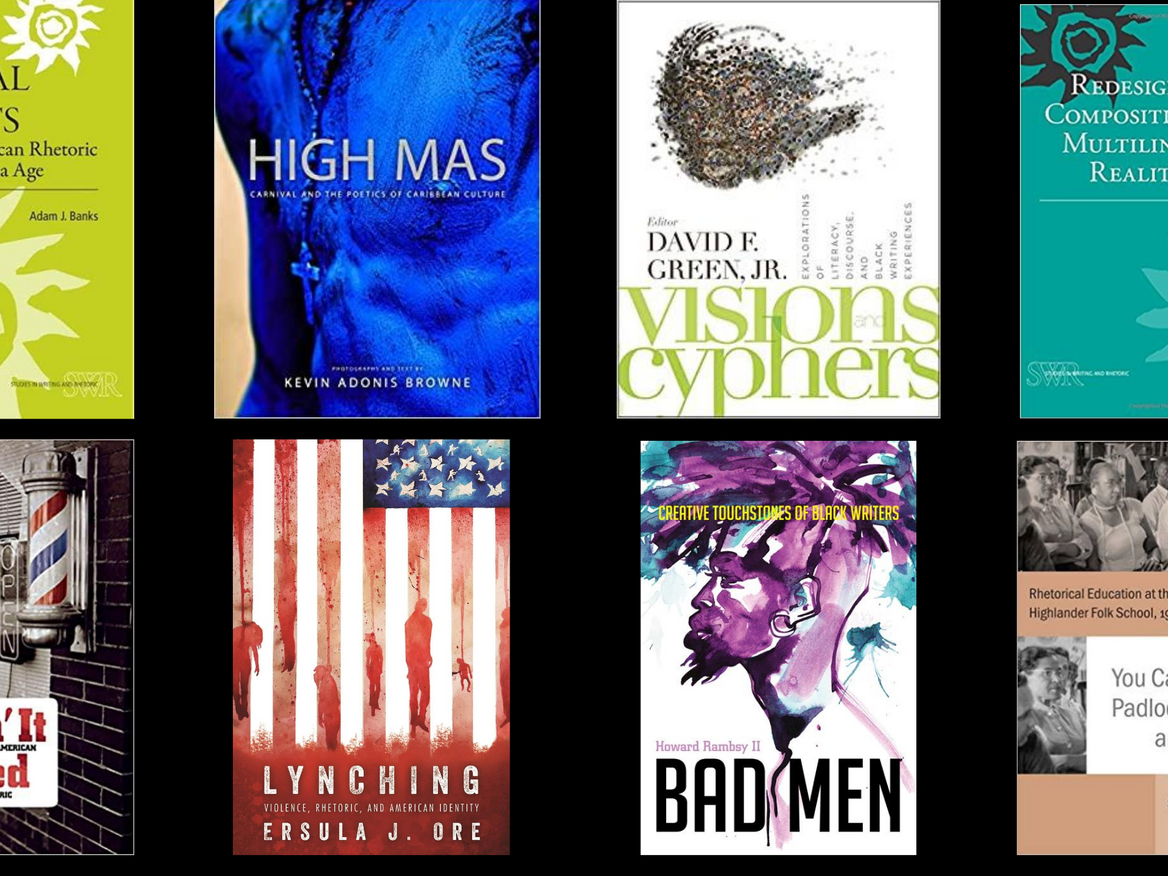While Coop and I were talking about my recent post on the Class of 1953, we mentioned several New York City backcourt men we admired back in the day, namely, Dean Meminger, Tiny Archibald, and Charlie Scott, all born in 1948, all playground legends, all members of NBA championship teams, all actors in each other’s stories. So I’m thinking that these facts are the core of another documentary.
Dean Meminger (5/13/1948–8/23/2013)
Although a native of South Carolina, Dean “The Dream” Meminger was in Harlem by the beginning of his teenage years and developed his basketball reputation on local courts. A thin 6’-1,” he seemed to just glide around and stuff stat sheets. He became a Parade All-American at Rice High School and led his team to a city championship. Then followed a stellar career at Marquette University, where he totaled over 1,600 points across three seasons and led the squad to an NIT title in 1970, a journey that included victories over Pete-Maravich-led LSU and a well-rounded St. John’s unit. Back then, you didn’t get on television the plethora of college games available nowadays, but several Marquette games were broadcast in the New York market, maybe due to the presence of coach Al McGuire, the awesome George Thompson, Ric “Elevator Man” Cobb, and Meminger, all connected to New York City.
Meminger also put in work at Rucker Park, playing, for example, with Charlie Scott and Julius Erving in a famous matchup against a squad featuring street idol Joe Hammond. The New York Knicks chose the original Dream with the 16th pick in the 1971 NBA draft. Although he never became an NBA star during his six seasons in the league, he contributed significantly off the bench, especially defensively, as the Knicks won the championship (their last) in 1973.
Nate Archibald (9/2/1948–)
Seems to Coop and me that people don’t talk enough about Nate “Tiny” Archibald. We know he’s a Hall-of- Famer and named to those “greatest” teams the NBA constructs. Nonetheless, his story seems overlooked (maybe this is just a New York perspective) when one considers how a large a talent he was. Having emerged from the Bronx, by the end of the 1960s Tiny was as good a point guard (though we didn’t generally use that label then) as there was in the city. At 6’-1” and maybe 160 pounds soaking wet, he had averaged 20 points per game at the University of Texas-El Paso and dropped 35 points in the 1970 East-West game, a showcase for college seniors. The Kansas City Kings chose him with the 19th pick of the 1970 NBA draft. He lit up the league almost immediately; in his second season he averaged 28 points per game with 9 assists. This included a 49-point outburst against the Knicks and the rookie Meminger. Next came his iconic performance over the course of the 1972-1973 season, 34 points and 11.4 assists per game, leading the league in both categories, a feat no one else has ever accomplished.
During off seasons early in his career, Tiny kept up his presence on city courts. I remember watching him in the early 1970s in a New York vs. Washington game at Fordham University. Erving was with him on the New York side. Wes Unseld anchored the D.C. crew. I don’t remember much except that it didn’t pay to bump with Unseld, Erving’s typical aerial show, and Tiny’s ability to do pretty much whatever he wanted.
In 1981, Tiny was the starting point guard for the Boston Celtics. Playing with big scorers Larry Bird and Robert Parrish, he averaged 13.8 points and 7.7 assists as the Celtics captured the first championship of the Bird era.
Charlie Scott (12/15/1948–)
A 6’-5’’ combo guard (in today’s parlance), dominated in playgrounds, colleges, and professional circles. He became the first African American to play at the University of North Carolina on a basketball scholarship. He averaged over 22 points per game for the Tar Heels and led them to the NCAA Final Four in 1968 and 1969. Both tournaments were won by UCLA and the ultimate New York City legend, the then-Lew Alcindor. Scott was twice named an All-American, played on the USA Olympic team in 1968, and was on the winning East side and the MVP of the 1970 East-West game despite Archibald’s 35 points for the West. Choosing the ABA over the NBA, Scott was chosen Rookie of the Year after averaging over 27 points per game for the Virginia Squires. In his second season he averaged almost 35 points per game playing alongside rookie Julius Erving before leaving for the Phoenix Suns. He had three highly productive seasons before being traded to the Boston Celtics, the team that selected him in the NBA draft, for Paul Westphal. He averaged over 17 points per game his first season in Boston playing with heavy scorers Dave Cowens, Jo Jo White, and John Havlicek. Ironically, the Celtics beat the Suns in the Finals that season (1975-1976). Scott remains part of a small club; he’s a New York City-bred Naismith Hall-of-Famer with hall-of-fame streetball credentials.
Conclusion
I’ll have to think hard to come up with a trio of same-year guards from one city with a better overall record. Might not be possible. Interestingly, it only missed becoming a better story by a few hours. The player that cut into the publicity hype for these players was born on January 1, 1949. Joe Hammond is intruding, as always. That’s a tale for another day. Much love to the late Meminger, to Tiny, and to Charlie Scott. And Happy Birthday, Joe.





